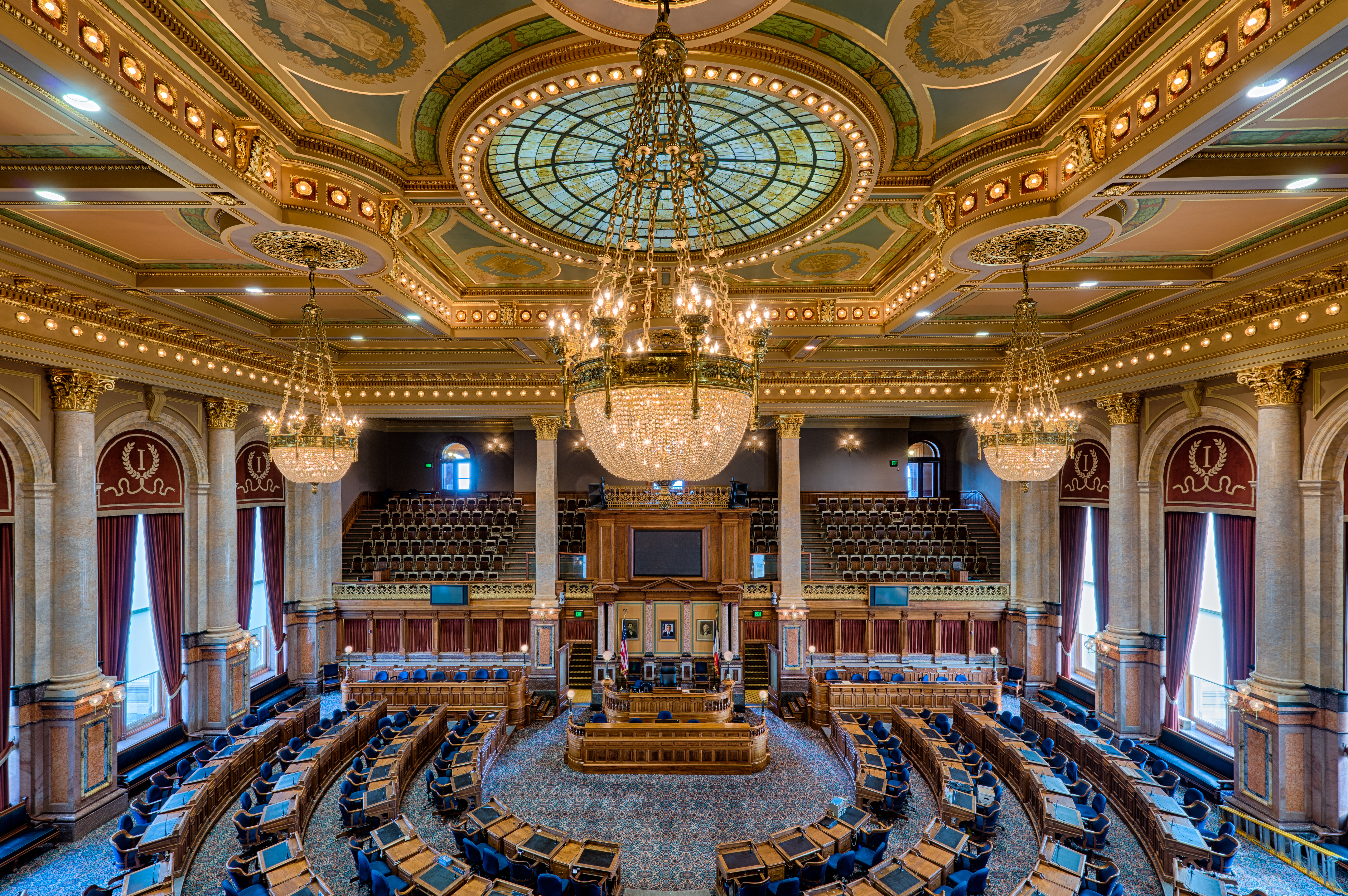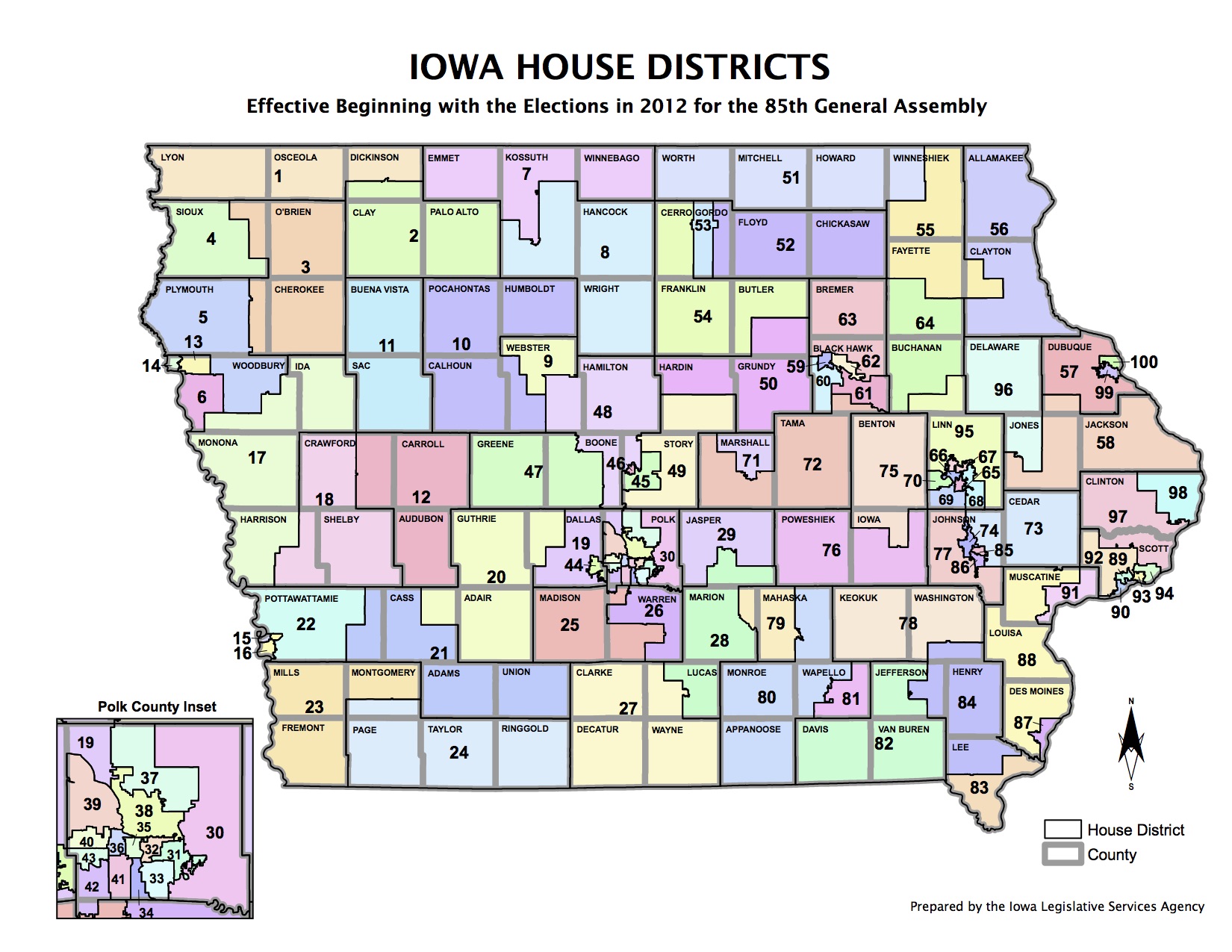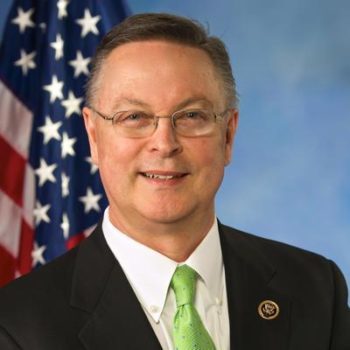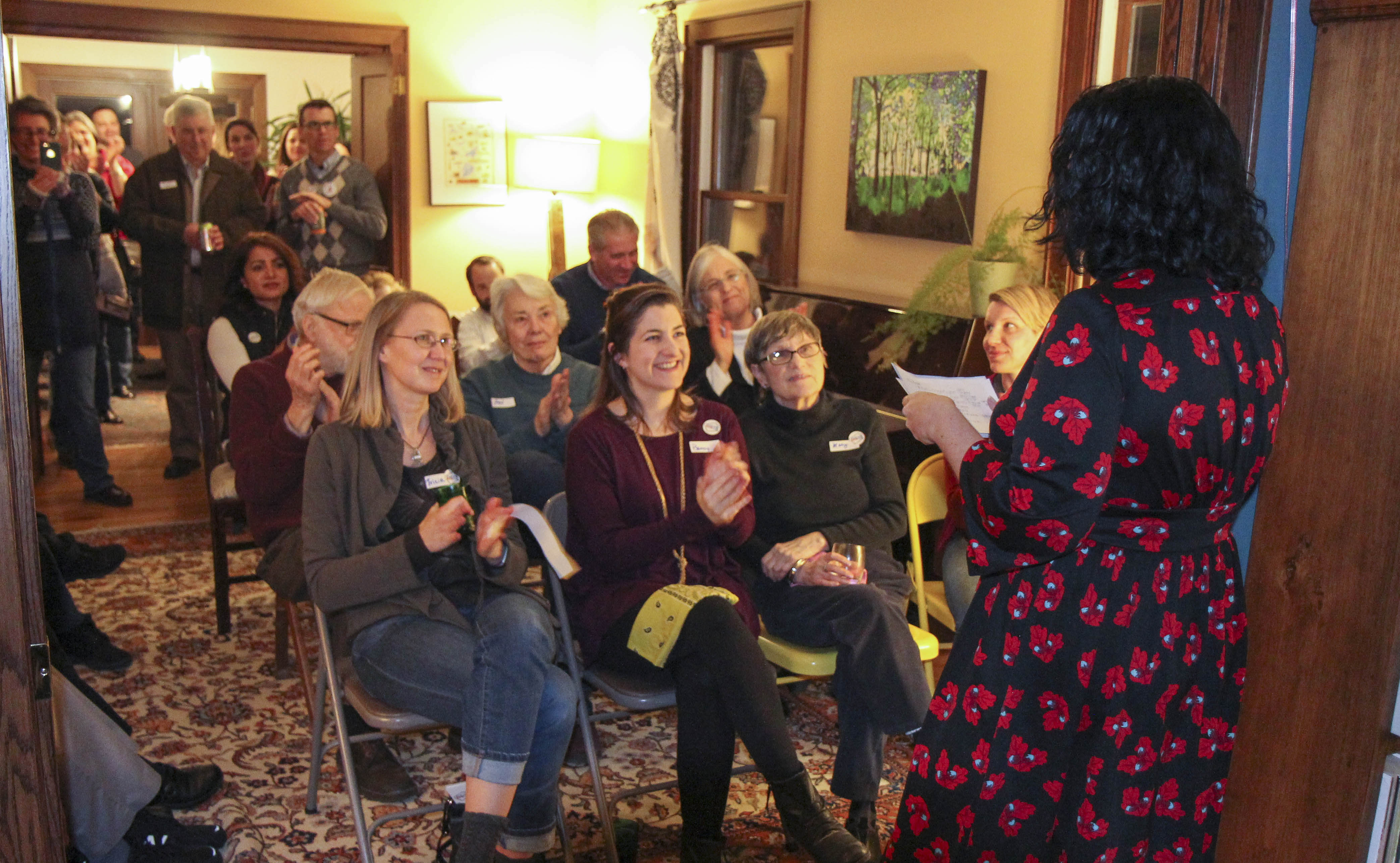A view from the trenches by Christine Lewers, an organizer of a new group working to help Democratic candidates win Republican-held Iowa House districts. -promoted by desmoinesdem
Most Iowans don’t know who David Reid is. I didn’t either, until last spring, when the national Sister District Project sent an e-mail asking me to contribute to his campaign. I sent $20 and forgot about Reid until November 7, 2017, when Democrats in Virginia won fifteen Republican-held seats in the Virginia House of Delegates. Reid’s win was among them.
That got me wondering. Why not do the same thing in Iowa? The Sister District idea is to move resources from safe blue regions of the country to places where it can have the most impact: state legislative races where a Democratic challenger is taking on an incumbent in a flippable district.
Unfortunately, Iowa is not currently a focus of Sister District’s 2018 political strategy. That shouldn’t stop Iowa’s Democrats from building a similar strategy to help win back the state House themselves. I’m part of a politically active group of friends, neighbors and family that during the past year has marched and protested and called and more. None of that is enough. Democrats must win elections.
That’s why my group and I started Flip It Iowa.
Continue Reading...








